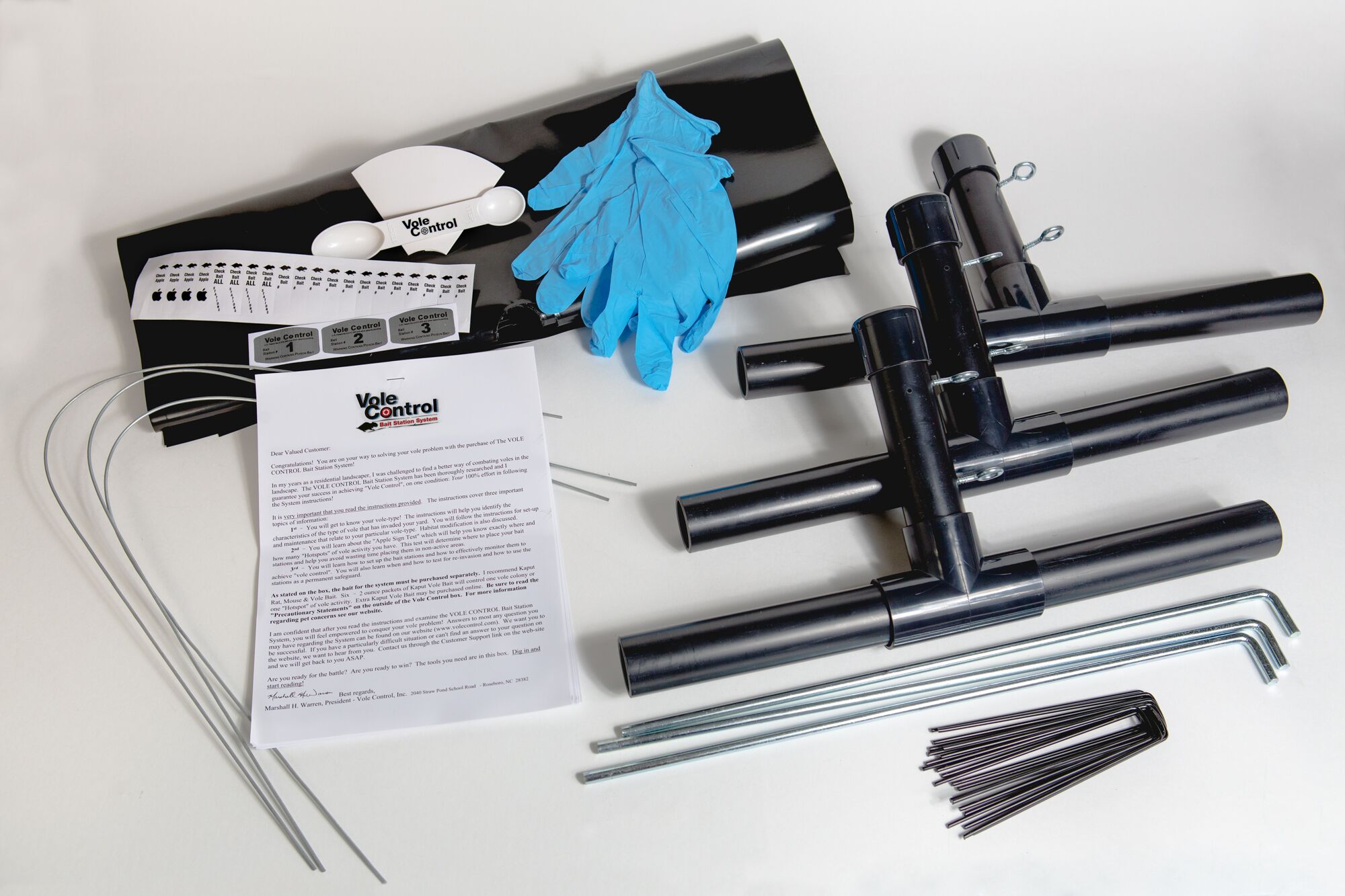Managing Vole Damage: Effective Control Strategies
Managing Vole Damage: Effective Control Strategies
Blog Article
Comprehensive Overview to Reliable Vole Pest Control: Invasion Recognition and Therapy Methods
In the realm of reliable insect control, vole invasions pose an one-of-a-kind challenge that demands a tactical approach. By checking out the subtleties of vole behavior, comprehending vital signs of infestation, and reviewing a range of control alternatives, one can create a detailed strategy to combat these elusive bugs.
Understanding Vole Behavior
Vole behavior is defined by their delving habits and fast reproduction prices, making them a tough pest to control effectively. These tiny rodents usually create complex passage systems underground, utilizing them for sanctuary, food storage, and transport. Voles are herbivores, consuming a variety of plants, light bulbs, origins, and yards, which can cause significant damages to gardens, orchards, and yards. Their fast reproductive rate further complicates control efforts, with females qualified of generating several trashes in a single year, each including several spawn.
Comprehending vole behavior is critical for effective insect control approaches. By recognizing their burrow places, monitoring feeding areas, and applying targeted control techniques, such as capturing or habitat adjustment, vole problems can be managed successfully.
Indications of Vole Problem

Avoidance Techniques
Carrying out efficient avoidance techniques is critical in lessening vole problems and protecting plants from their harmful feeding routines (vole lawn damage). To stop vole problems, it is important to begin by eliminating possible food resources and shelter. Keep turf and plant life trimmed short, remove weeds and debris, and preserve a neat yard or lawn to make the area much less attractive to voles. Mounting barriers such as hardware fabric or below ground secure fencing can additionally aid prevent voles from getting in certain areas. Furthermore, decreasing excess wetness by repairing dripping pipelines and guaranteeing appropriate drainage can make the setting less friendly for voles.
Frequently checking the building for indications of vole task, such as paths and delve openings, is vital for very early detection and punctual activity. If vole task is suspected, think about using repellents or traps strategically positioned near their paths.
Non-Lethal Control Techniques
To effectively manage vole populaces while prioritizing gentle approaches, non-lethal control methods provide practical solutions for decreasing vole damages in landscapes and gardens. One effective approach is making use of physical barriers such as equipment towel or cord mesh to shield vulnerable plants. These obstacles can be hidden at least 12 inches deep and curved at a 90-degree angle to avoid voles from burrowing below. Furthermore, environment adjustment can hinder voles by decreasing their favored food sources and concealing places. Keeping a well-mowed yard, eliminating debris, and keeping greenery trimmed can make the atmosphere much less appealing to voles.

Lethal Control Options
One reliable technique for dealing with vole problems in yards and landscapes entails the calculated usage of deadly control choices. When encountered with an extreme vole infestation that non-lethal approaches have actually fallen short to include, executing deadly control steps ends up being crucial. One typically employed deadly control choice is using snap traps. These catches are created to quickly and humanely eliminate voles upon activation, making them a go now prominent selection for numerous garden enthusiasts and landscapers. To enhance the efficiency of snap catches, it is recommended to place them in locations where vole activity is high, such as along runways or near burrow entryways. Another deadly control alternative is the utilization of hazardous lures particularly developed to target voles. These baits consist of poisonous substance that is ingested by the voles, bring about their eventual death. Nevertheless, care must be worked out when utilizing harmful baits to stop injury to non-target animals or family pets. In general, when utilizing deadly control alternatives, it is necessary to do so sensibly and according to regional laws to successfully manage vole invasions.
Final Thought
To conclude, effective vole parasite control needs a detailed understanding of vole actions, identification of signs of infestation, implementation of avoidance approaches, and application of both dangerous and non-lethal control techniques. By combining these approaches, individuals can effectively handle vole populaces and secure their building from damage. It is very important to attend to vole invasions without delay to stop further concerns and lessen the effect on the surrounding environment.
Offered the elaborate passage systems and rapid reproduction prices characteristic of voles, recognizing the signs of vole invasion becomes crucial in effective parasite control. One of the primary indications of vole existence is the existence of surface runways or routes in grass or snow, usually about 1-2 inches broad, developed as voles travel in between their burrows and food resources.To efficiently manage vole populaces while prioritizing gentle techniques, non-lethal control techniques offer functional solutions for minimizing vole damages in landscapes and gardens.One i loved this efficient approach for dealing with vole infestations in yards and landscapes entails the critical usage of lethal control choices. vole yard damage.In final thought, reliable vole bug control needs a comprehensive understanding of vole behavior, recognition of signs of problem, application of prevention techniques, and use of both non-lethal and dangerous control techniques
Report this page